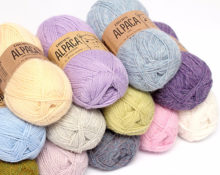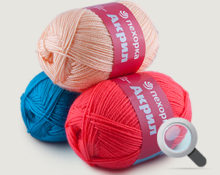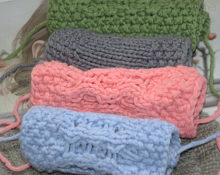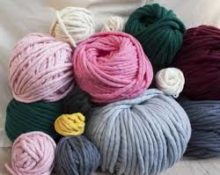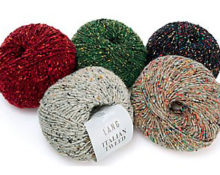A person far from weaving and light industry, looking at things of the same style and composition (T-shirts, for example), notices:
- in one product the fabric is thinner and softer. The surface is without thickening or looseness;
- the other is less pleasant to the touch, not so smooth. During wear, “pellets” quickly form.
Such different properties depend on the method of spinning the thread. In the first case, combed yarn was used. Its structural fibers are long, so the thread is smooth, even, without thickening. The product is suitable for long-term use.
In the second case, the thread is spun using a cardan or hardware method.
How do you get it?
Combed thread is obtained from fibers no less than 3.5 cm long. The primary raw materials brought to the factory are mixed. Moreover, with garbage and thorns. After all, a flock of sheep is not combed before shearing.
The raw materials are washed and combed out first. They are torn and divided into skeins. If the raw material is made from fine-fiber cotton, the fraying and loosening is not as intense as is provided for in the technological process for wool.
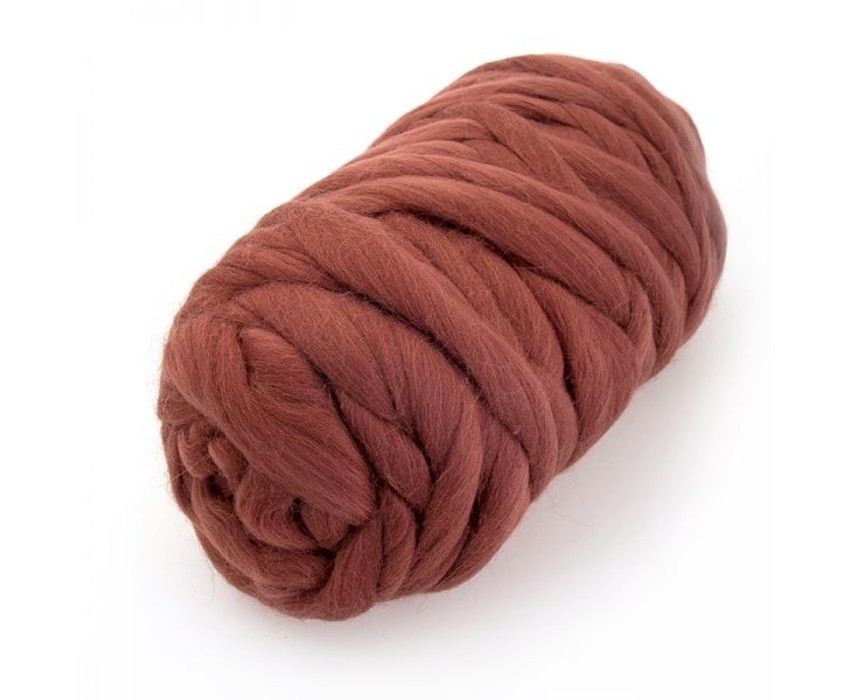
Then, using combing machines, the fibrous mass is carded on both sides, removing short fibers. The twisted “hairs” straighten out. Here the base of the thread is created: the fibers are laid along the axis.
To reduce losses of valuable raw materials, joining 15-20 tapes into webs with subsequent thinning was added to the technological process.
Important. The product received the name “combed yarn” due to the fact that the raw materials are combed out with wide combs.
The resulting wide tape, loose and untwisted, is stretched several times on a special apparatus, becoming thinner and denser. The spinning machines then twist the thread and wind it onto bobbins.
The duration of the technological process cycle depends on the quality of the fiber. Coarse-combed (where the quality of the raw material is, for example, semi-coarse wool) is shorter than fine-combed. A shortened process has also been developed in which a reduction in processing time is achieved on one machine.
Features, properties
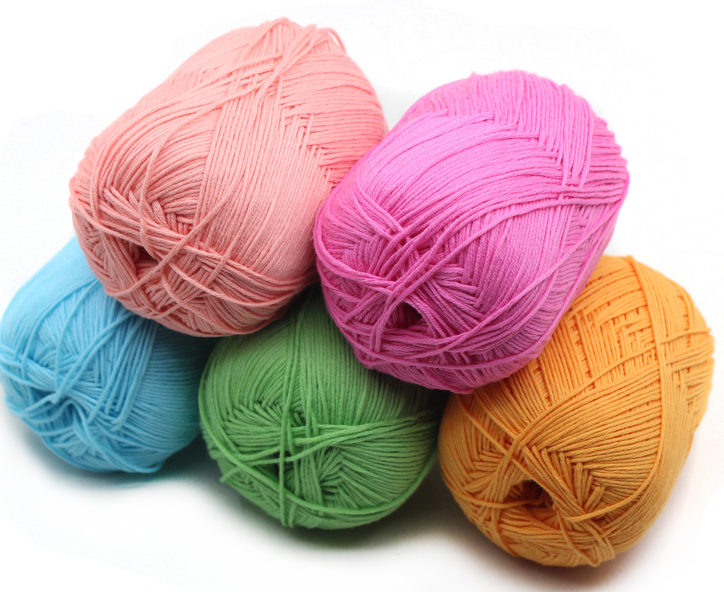
The comb thread is distinguished by its regular structure:
- long, combed fibers without knots or thickenings;
- the fibers are located evenly along the central axis;
- The cross-section of the finished thread is the same throughout.
Due to the fact that the thread is twisted, the spiral turns become denser, wrapping around each other.
Important. The second name for combed wool, worsted, comes from the German language. Kammwolle just means “combed wool”.
General properties of combed thread fabrics:
- wear resistance;
- anti-pilling;
- hygroscopicity;
- softness of the canvas;
- high price.
The combed fabric can be dyed well, because the paint or print lies evenly. Yarn for knitting is dyed, although there are wool and linen threads without bleaching or dyeing.
Application area
To produce combed yarn, not only wool (from fine to coarse) is used. Suitable long-staple flax or cotton, synthetic fiber. The yarn is thin and durable. Thickness in the range of 5.9 - 35.7 tex. The surface of the resulting canvas is smooth, with a matte sheen.
Important. The unit of measurement “tex” means the density of a homogeneous body with a mass of 1 g and a length of 1 km. Does not apply to the International System of Measurements.
You can purchase combed threads for embroidery and sewing, or you can buy ready-made textiles:
- the finest cambric and chiffon, sewing threads;
- gabardine, poplin;
- satin;
- knitted fabric.
Combed cotton fabric with a simple, homemade weave is suitable for hand embroidery: there are no thickenings, and the uniform weave forms a good base:
- clothes decorated with embroidery in the “ethnic” style are worn with pleasure. The body, thanks to the properties of the fabric, breathes.
- elegant tablecloths, the surface of which is a little shiny, bring a feeling of celebration and solemnity to the house.
Wool and cotton bobbins for hand and machine knitting (all-natural or with the addition of chemical fibers) are more expensive than their analogues, but they have an anti-pilling property. The threads lie evenly on the knitting needles without splitting, the pattern is embossed and does not turn out skewed.
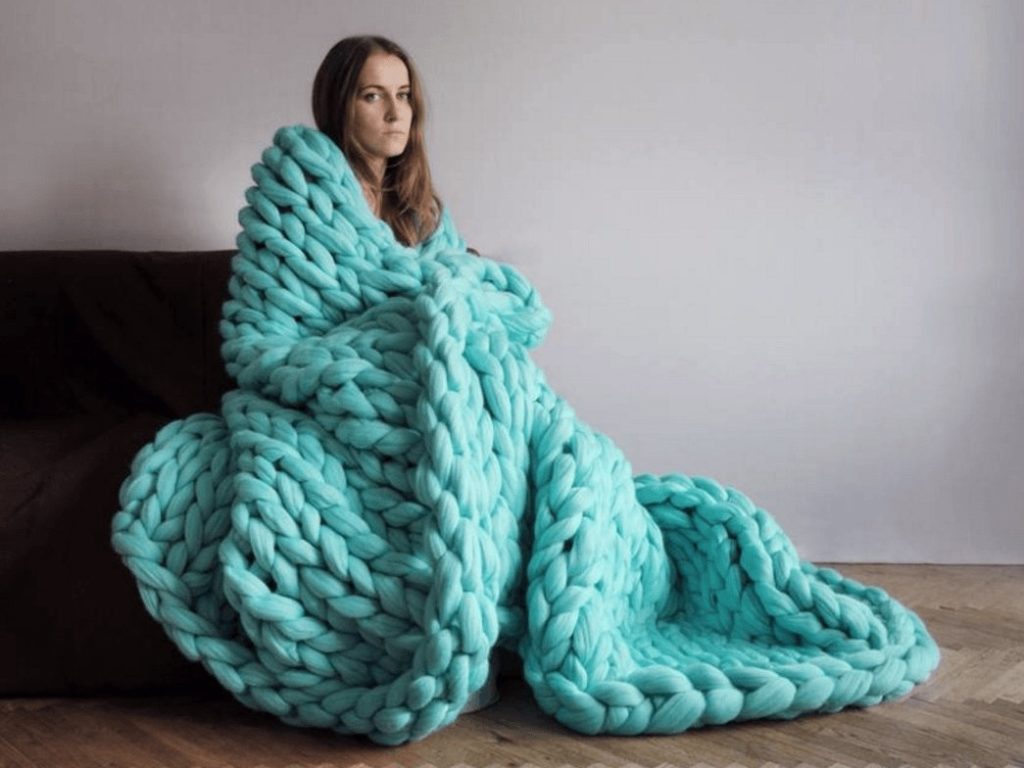


 0
0